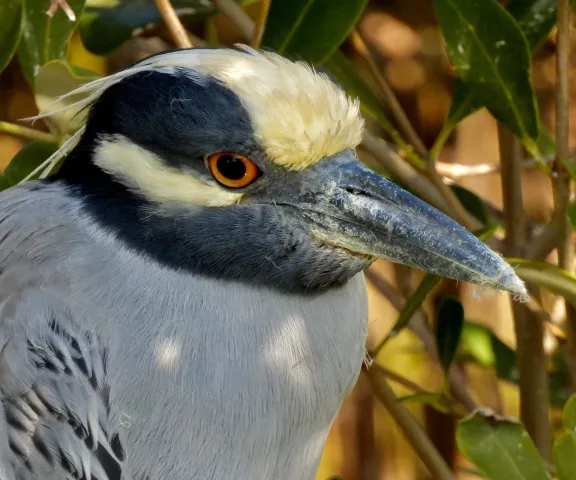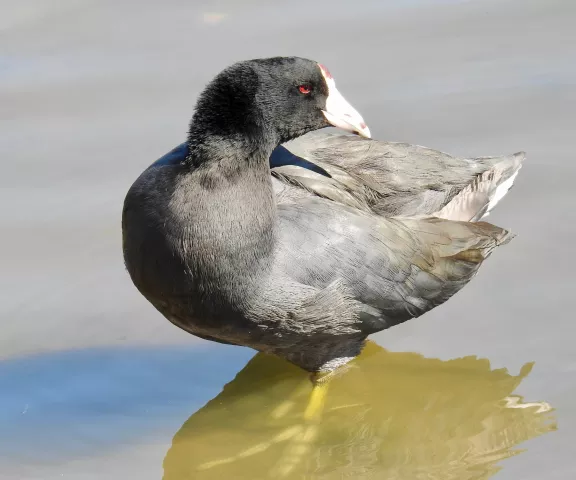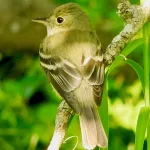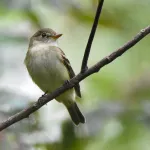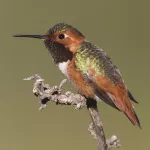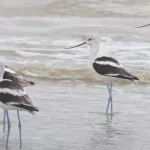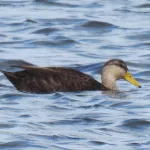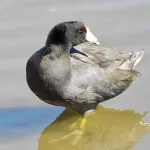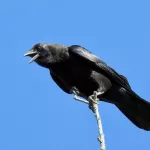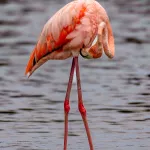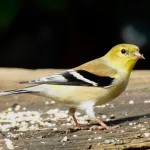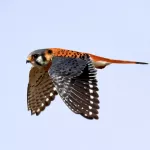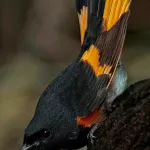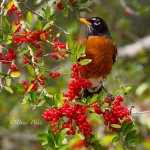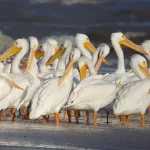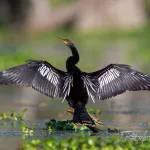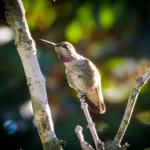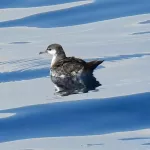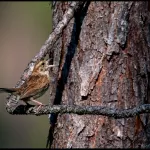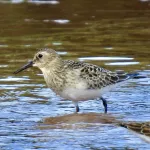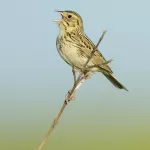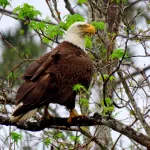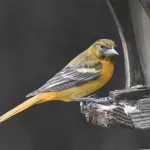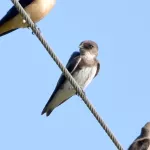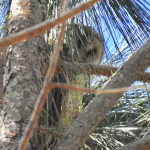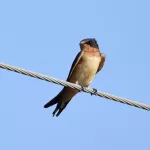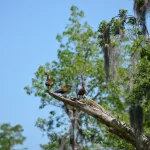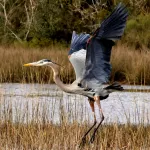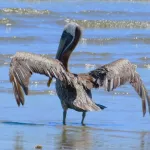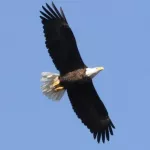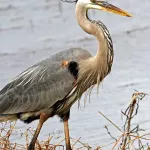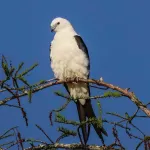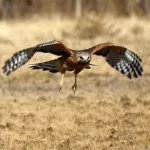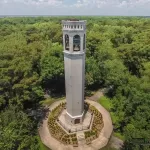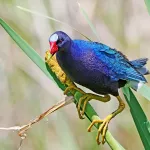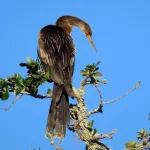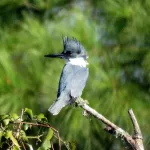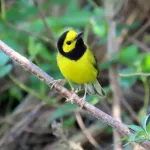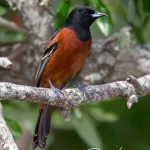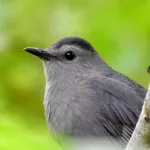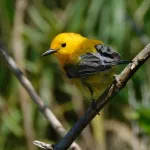This 11-mile drive offers generous glimpses into one of the most pristine road-accessible bald cypress-tupelo gum swamps remaining in southern Louisiana. Because there is traffic along the first four miles, birders should concentrate on the last seven miles. The road bed changes from asphalt to limestone, but the road widens considerably and safe pull-off opportunities are much more frequent. Along this segment, the road winds through a fine mix of swamp and live oak forest, along with occasional glimpses of the Avoca Island Cutoff waterway.
This quiet, remote stretch of roadway offers nice looks at both waterbirds and forest birds. Great Egrets initiate courtship activities in January and are busy gathering twigs for nests by February. Around the same time, Snowy Egrets, Wood Ducks, and Red-bellied and Downy Woodpeckers, along with Carolina Chickadees, will have also begun courtship displays and vocalizations.
March brings in Blue-winged Teal, Ruby-throated Hummingbirds and Northern Parulas, followed at the end of the month by Little Blue and Tricolored Herons, and Yellow-throated Warbler. By April, be on the lookout for waterbirds such as Anhinga, and Yellow-crowned and Black-crowned Night-Herons, along with Prothonotary Warblers. April is also the peak breeding time for many species of frogs. You’ll hear them at every stop.
Fall and winter months bring in several nearctic species such as Pied-billed Grebe, American Coot, Bald Eagle, Yellow-bellied Sapsucker, Tree Swallow, Hermit Thrush, American Robin, White-throated and Swamp Sparrows, House and Winter Wrens, Ruby-crowned Kinglet, and Orange-crowned, Pine and Yellow-rumped Warblers.
For those deciding to pull over and walk around for a closer look at the swamp, use reasonable caution. During warm months (March-October), alligators and cottonmouth moccasins are fairly common along these roadsides. There are no public facilities or amenities along this route, so plan accordingly.
